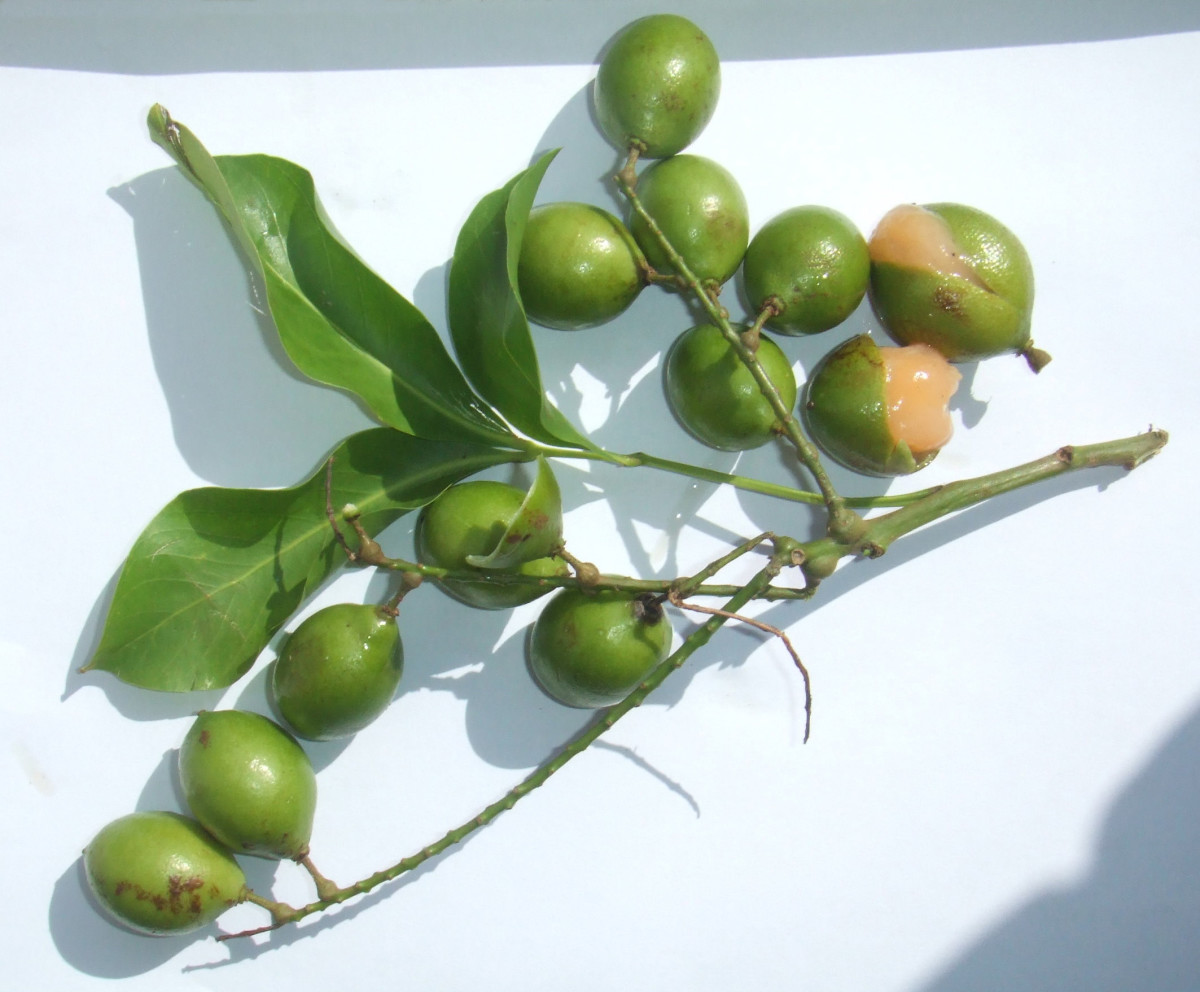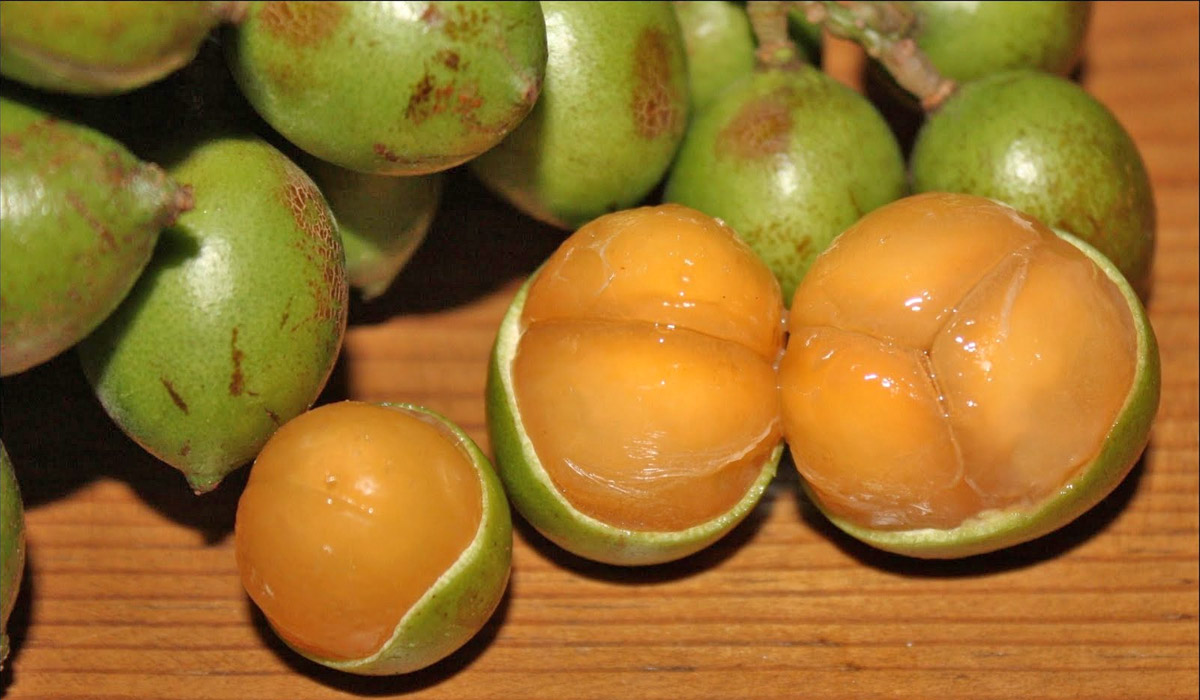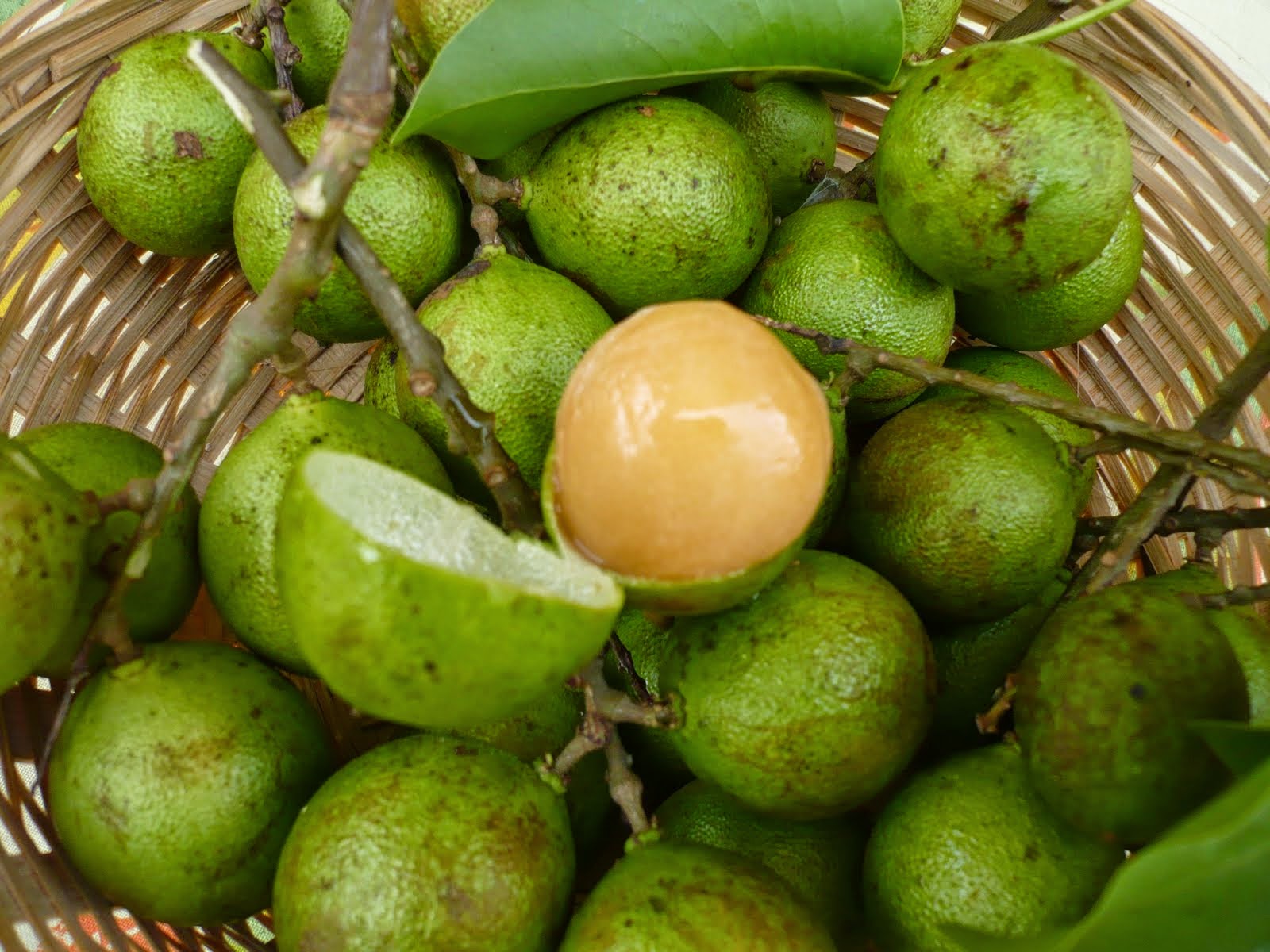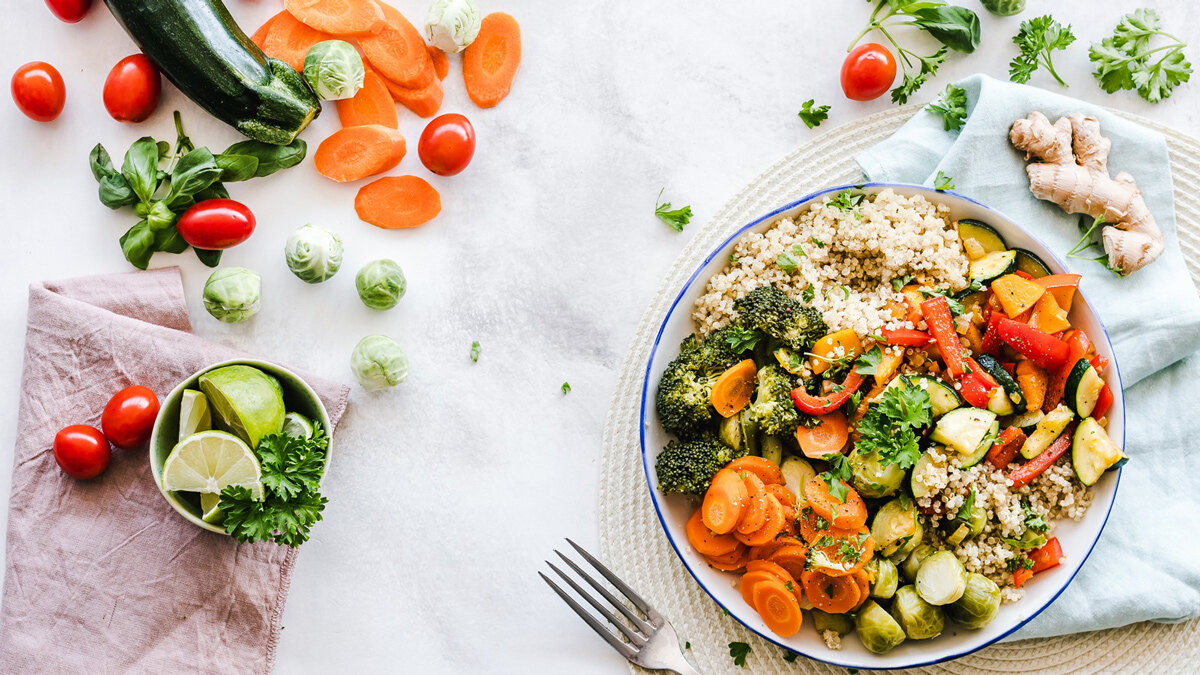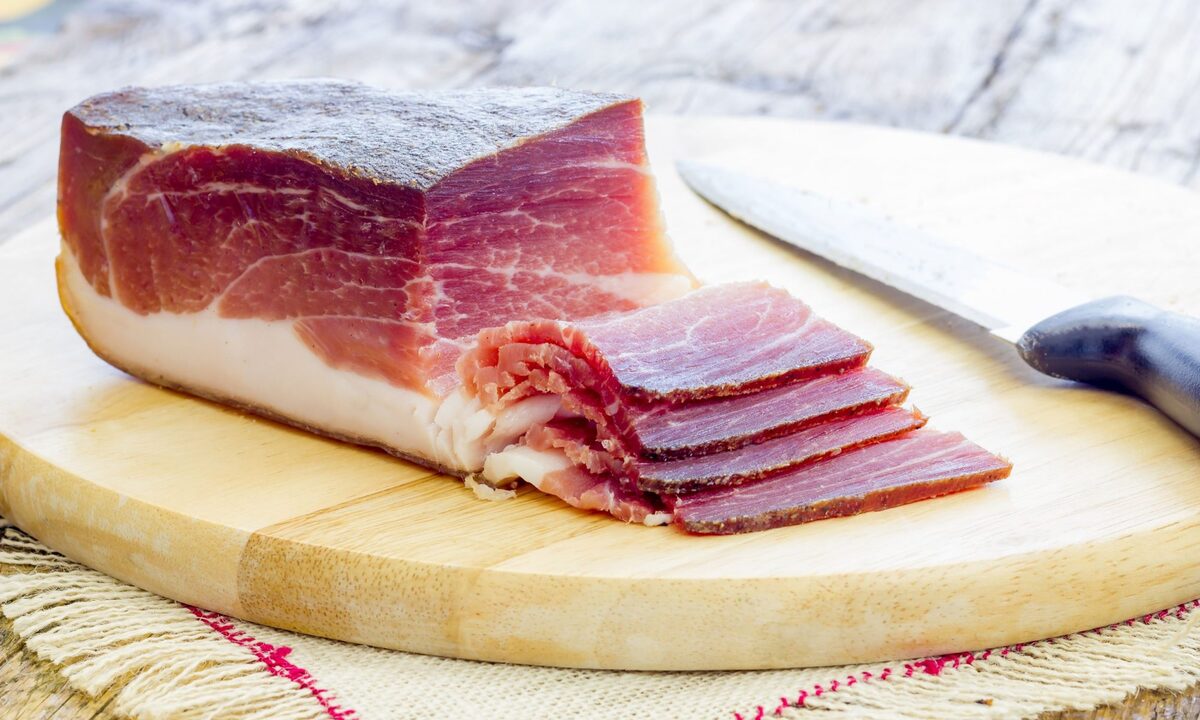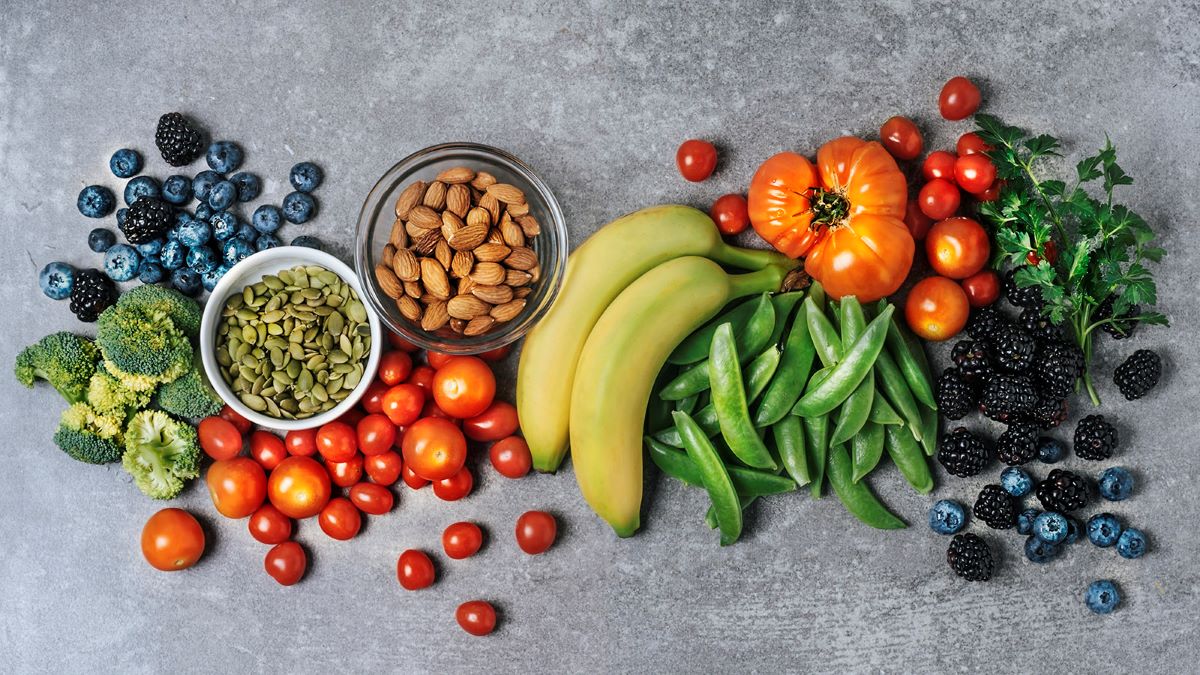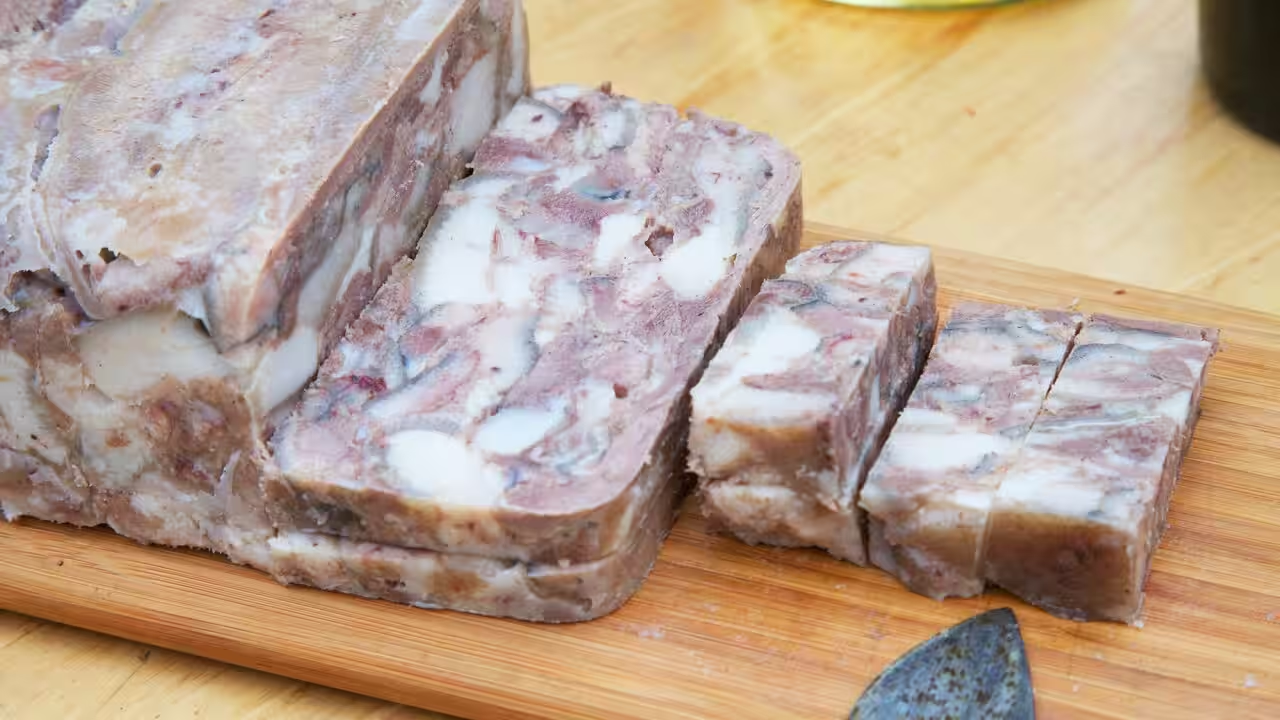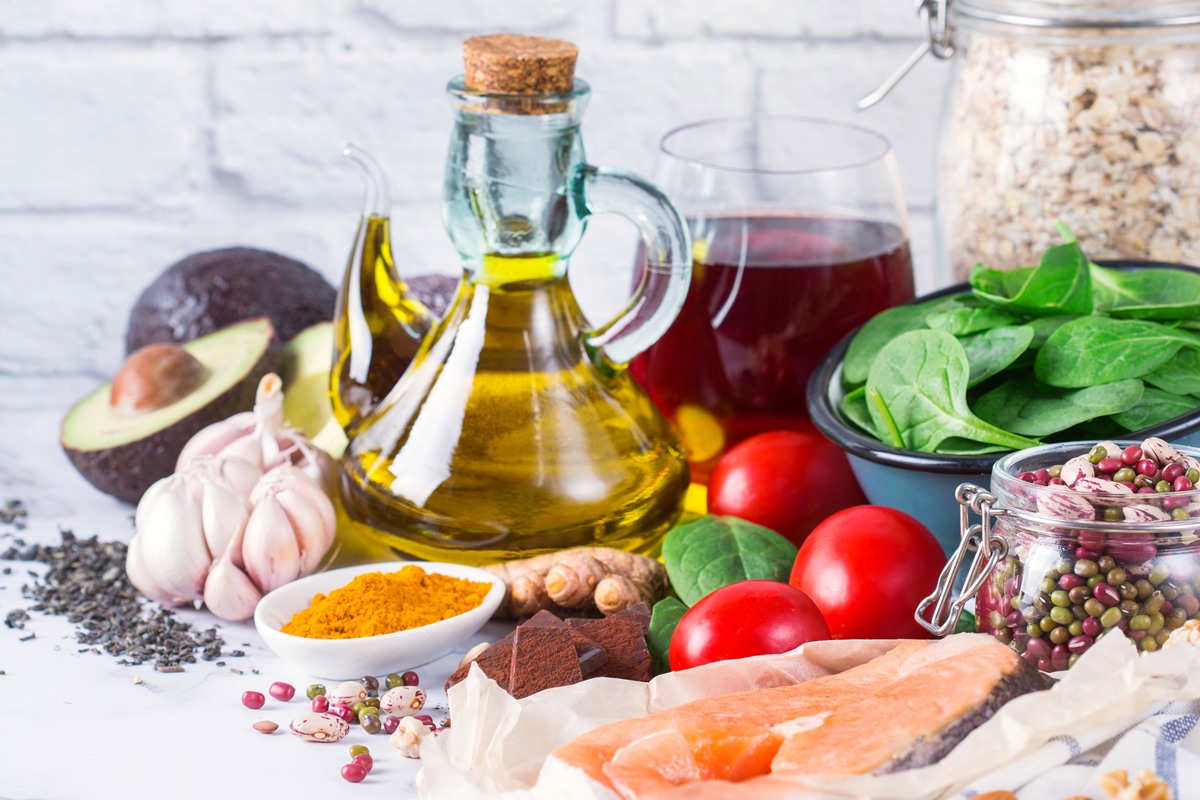Discover the Surprising Benefits of Eating Lime Skin
When it comes to enjoying a lime, most people focus on the juicy flesh inside. However, the skin of a lime is often overlooked and discarded. What many don’t realize is that lime skin is not only edible but also packed with nutrients and flavor. In this article, we’ll explore the surprising benefits of eating lime skin and provide some tips on how to incorporate it into your diet.
The Nutritional Value of Lime Skin
Lime skin is rich in essential oils, antioxidants, and dietary fiber. The oils found in the skin contain compounds that have been shown to have anti-inflammatory and antimicrobial properties. Additionally, the skin contains a high concentration of flavonoids, which are known for their antioxidant effects. By consuming the skin along with the flesh, you can maximize the nutritional benefits of this citrus fruit.
Ways to Eat Lime Skin
If you’re interested in reaping the benefits of lime skin, there are several ways to incorporate it into your diet:
- Zesting: Use a fine grater to zest the outer layer of the lime skin. The zest can be added to marinades, dressings, or baked goods to impart a bright, citrusy flavor.
- Infusing: Add thin strips of lime skin to a pitcher of water for a refreshing and flavorful infused beverage.
- Blending: When making smoothies or juices, consider including a small piece of lime skin for an added nutritional boost.
- Candying: Boil thin slices of lime skin in a simple syrup to create a sweet and tangy garnish for desserts.
Precautions and Considerations
While consuming lime skin can offer numerous health benefits, it’s important to take certain precautions. When using the zest, be sure to wash the lime thoroughly to remove any wax or pesticides that may be present on the skin. Additionally, individuals with citrus allergies should avoid consuming lime skin to prevent adverse reactions.
Conclusion
Don’t let the skin of a lime go to waste – it’s a valuable source of nutrients and flavor that can enhance your culinary creations. Whether you zest it, infuse it, blend it, or candy it, there are plenty of ways to incorporate lime skin into your diet. By doing so, you’ll not only reduce food waste but also boost your intake of essential oils, antioxidants, and dietary fiber. So, the next time you reach for a lime, consider making the most of the entire fruit by including the skin in your recipes.
